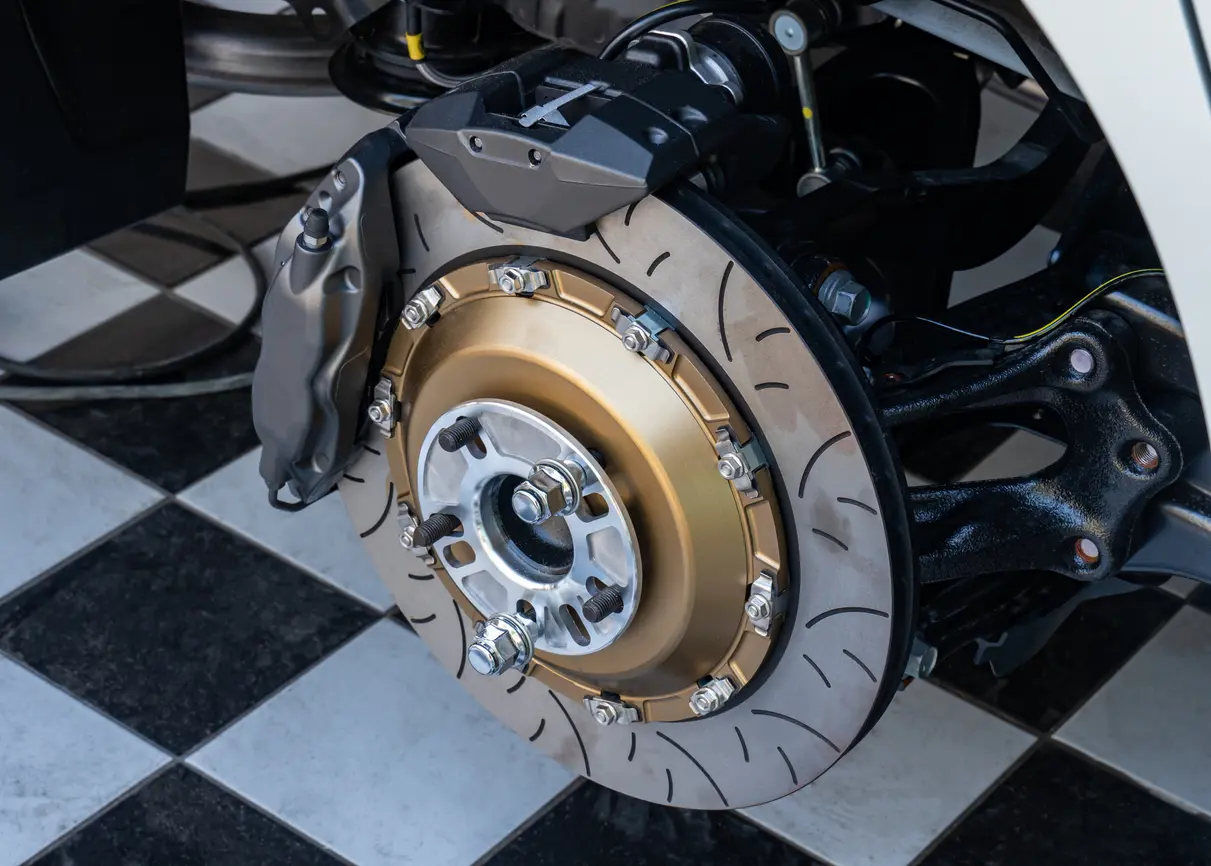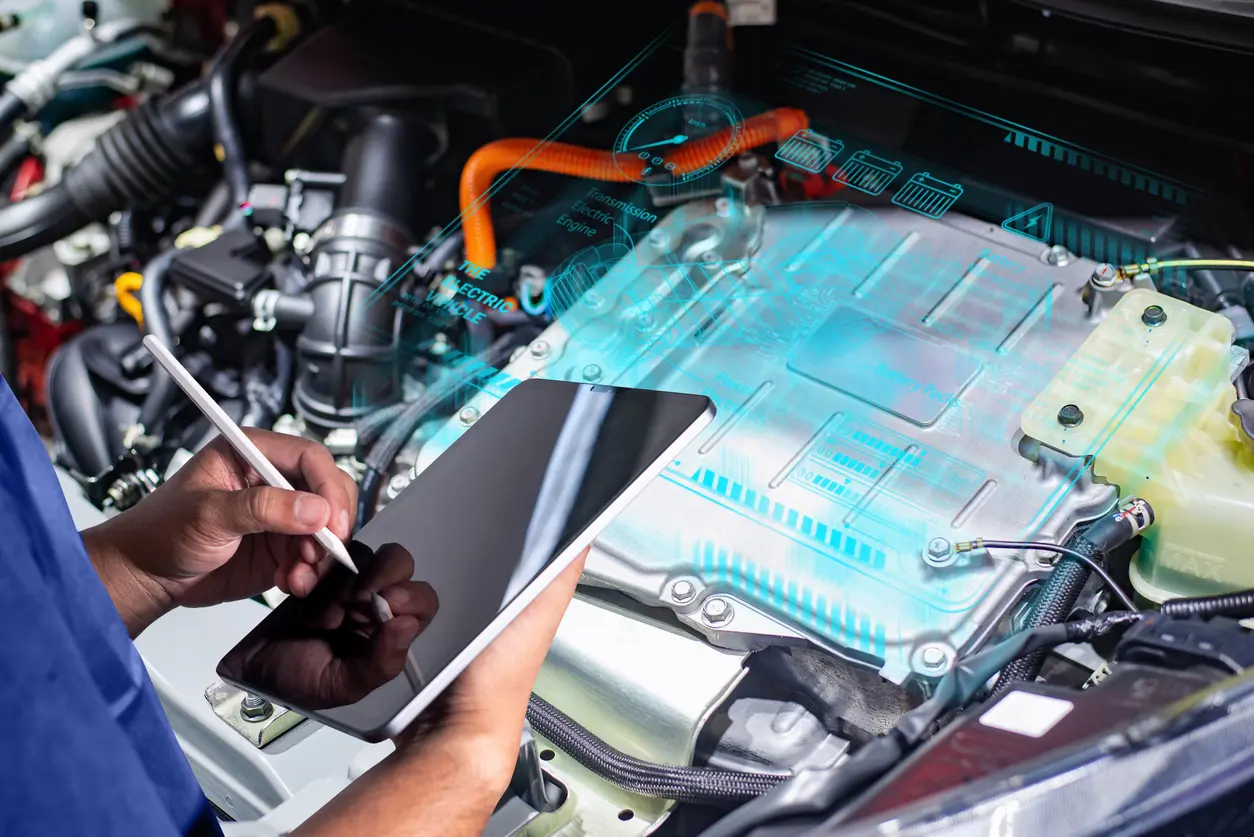Overheated Internal Combustion Engines
ICEs—gasoline and diesel alike—are prone to overheating. Both types of engines rely on temperature regulation:
· Motor oil helps to lubricate and cool the engine.
· Coolant, also known as anti-freeze, works by moving liquid through the engine block.
· The water pump helps the coolant to absorb heat from the engine and shed it through the radiator system.
That means any of these components can break down and contribute to an overheated engine:
· water pump
· coolant
· cooling system
· radiator
· fan
· heater core
· thermostat
· hoses
· belts
Most of these issues are unique to ICE vehicles. To prevent these issues from occurring, follow regular maintenance guidelines, beginning with the recommendations in the owner’s manual.
Composition of Electric Vehicles
Unlike ICE vehicles, purely electric vehicles (EVs) come with one or more electric motors. (We don’t include hybrids because they still use ICE systems and are prone to having the same problems.)
EVs contain one or more motors, a battery pack, a single-speed transmission, a power electronics controller, a DC/DC converter, a 12-volt or 48-volt battery, and a thermal system for cooling. The last component maintains an even operating temperature for the electric motor(s), power electronics, and other components.
Electric drivetrains do have fewer parts than ICE models, but they also require care and maintenance.
Can Electric Cars Overheat?
Yes, they can. As batteries discharge, they generate heat, and under harsh conditions, the heat generated can be too much for the EV’s components.
How to Maintain an EV’s Temperature
Most current and proposed EV designs are liquid-cooled. Water-glycol systems are popular. They circulate coolant through an arrangement of pipes to cool the battery in a way that’s similar to how the engine is cooled.
In addition, heat pumps help manage the battery’s temperature and redirect heat into the cabin when needed.
If any of these components fail, your EV might shut down. To stay a step ahead of such a situation, always pay attention to your EV’s readouts to ensure that all systems are operational.
And last, be mindful of the temperature outside, because extreme heat or cold can impact range and battery life. Extreme temperatures can have a harsh effect on the battery when its charge is low and the vehicle isn’t plugged in. Protect your vehicle from weather extremes, for example, by parking it in a sheltered area whenever possible. This can also extend the battery’s life.
Heat, Speed, and Your EV
One final point to consider: High temperatures can affect your vehicle’s range. Electric cars usually reach their optimum range requirements when the system temperature consistently stays at 21.5˚C. That’s one more reason to pay attention to your car’s operating systems.
All this sounds scary, but take heart—the chances of an EV catching fire are much lower than those of an ICE vehicle.
For more information on electric car heating and cooling, chat with a knowledgeable expert at your local NexDrive shop.
Other Resources

Why do electric car tires wear out so fast?
EV tires experience increased tread wear because of instant torque and unsprung weight. Learn why electric vehicles lead to worn-out tires and how to extend the lifespan of EV tires with proper maintenance.

Why regenerative braking is bad for your brake pads
Regenerative braking improves energy efficiency, but can cause brake pad issues because of reduced mechanical brake use. Learn how to maintain your brake system and prevent costly repairs in this article.

Does an EV need regular general maintenance?
Although EVs require less maintenance than gas-powered vehicles, they still need regular care. Learn about battery health, brake maintenance, and more here.
